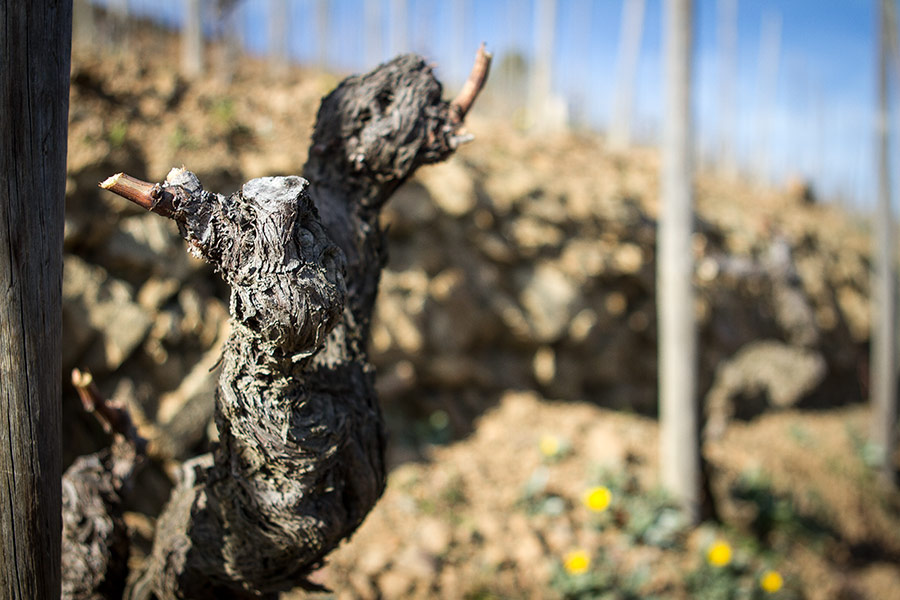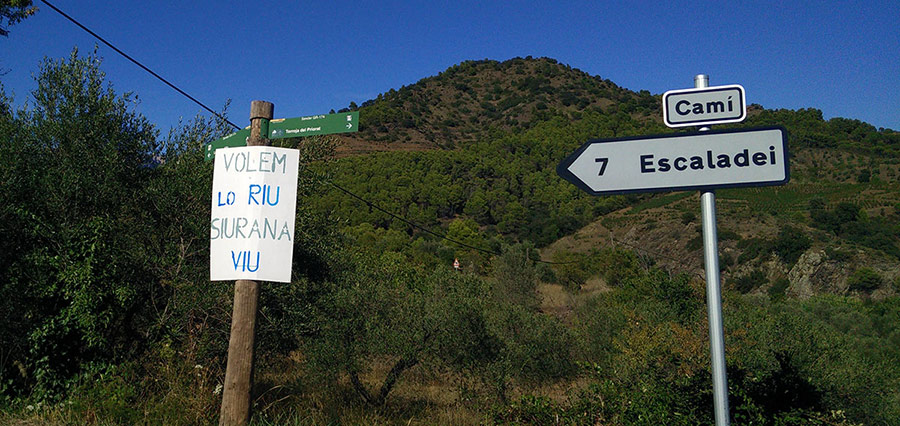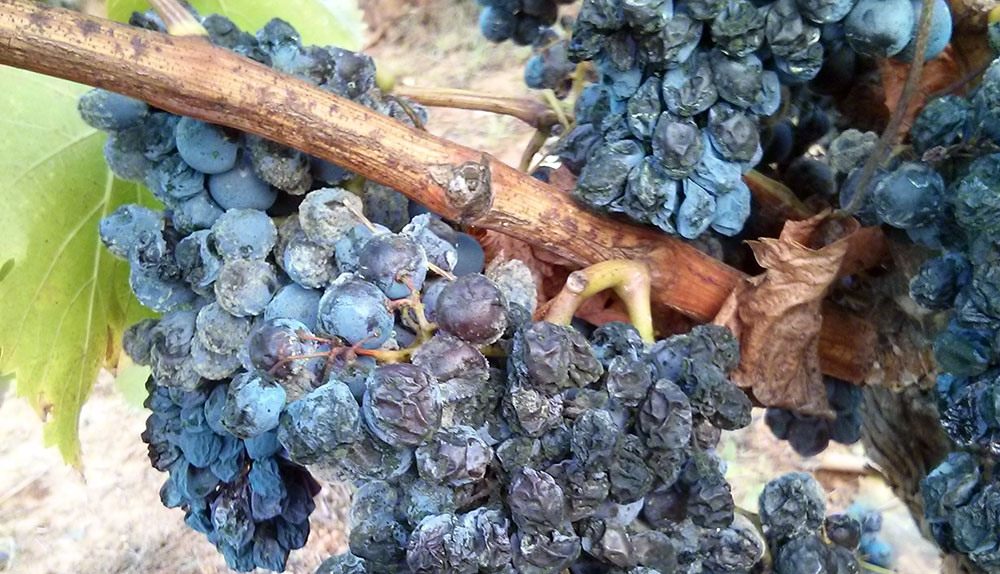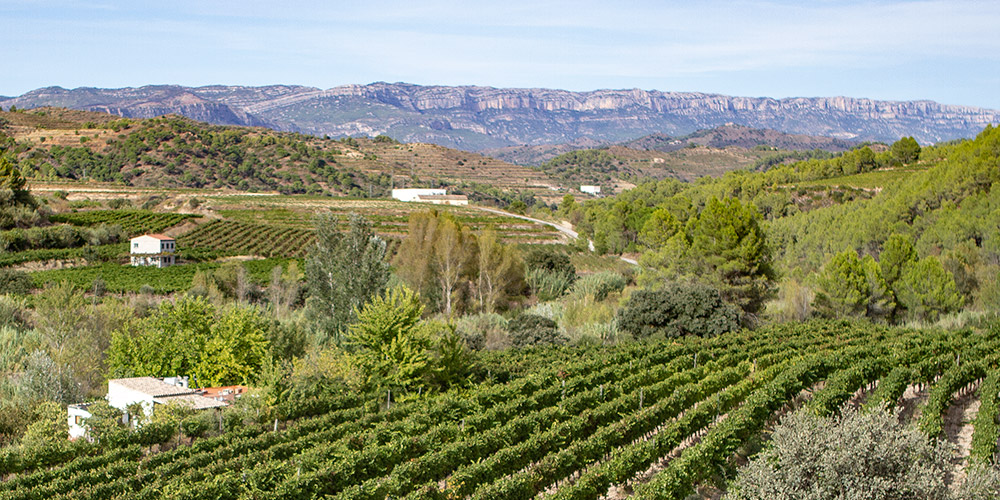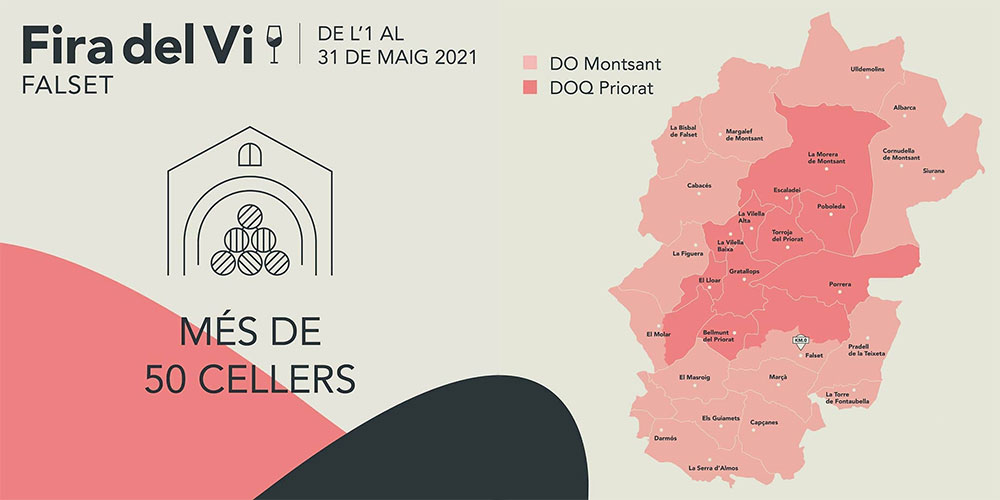For those who may not be up-to-date on such things in the wine world, last week, the most recent batches of scores for The Wine Advocate came out for Spain. While many people refer to these as “Parker Points”, the reviewer of Spanish wines for the publication is Luis Gutiérrez (the wine one, not the politician one.) Naturally, these releases are typically followed by a great deal of grumbling in the wine world if your wines didn’t get high scores. Most winemakers don’t actually care about the scores other than the fact that they do indeed still carry weight with some retailers in North America and if your wine doesn’t get at least a 90, no distributor wants to carry it. This, is obviously a problem.
This time around, the big news was that Álvaro Palacios’ l’Ermita was the highest scoring wine in Catalonia with the top score of 100 points. I’ve only had a chance to taste two vintages of this wine as it is typically around 800-1,000€ a bottle. They were indeed excellent. Were they worth 1,000€ a bottle? No, simply because no wine is worth that much. Any time you get higher than 50€ a bottle, you’re really just paying for scarcity and/or marketing. But now the most interesting items: is is a ‘100 point wine’?
This is a difficult concept as for those who might not know, Parker’s ‘100 point’ system is really a 50 point system as it runs from 50-100, much like the American school grading system. When you really get down in to it, it’s a 15 point system as a wine under 85 points you’re probably not going to drink. Honestly I think I’ve only ever seen a score in the 70s once or twice. But on the topic of the 100 point “perfect wine” score, I need to pull the quote that W. Blake Gray mentioned recently from Mr. Parker himself that no one has really picked up on:
How often do I go back and re-taste a wine that I gave 100 points and repeat the score? Probably about 50% of the time.
— Robert Parker
This has quite a significant meaning as Parker fully admits that 100 points are indeed meaningless and completely subjective as anyone who is serious about wine should have realized a long time ago. When Gutiérrez tasted this 100 point wine that day, to him, it must have seemed like the best wine there was and it is indeed an excellent wine. If you have the money, you will get a damned-fine bottle if you buy it. But perhaps tomorrow it’s a 96 or in a month it will be [gasp!] 92? This is a large part of the reason that we use a broader three star scale in the guides given that taste is so ridiculous subjective day to day.
But this opens up another very important point that is in fact more important than a wine receiving 100 points or not which is, tasting blind. As far as I know and have gathered, The Wine Advocate wines aren’t tasted blind or at least aren’t always tasted bling. This should be worrying to anyone who buys wines based upon these scores. I always taste Priorat wines blind in a professional setting because I simply have too many friends in the region that I know would easily influence my scores.
Gutiérrez, unlike the oddly-placed Neil Martin before him, has many friends as well from his days writing for Jancis Robinson. I know for a fact that when he’s in town, the winemakers invite him to meals and even hire a local chef to do top-end catering for him. In theory, there wouldn’t be anything wrong with that, if the wines were tasted blind afterwards instead of how I assume they must be tasted, in the company of the winemaker. If you’ve ever met Álvaro in person, a more consummate front man for a winery, you’ll never meet. If put the test, I don’t doubt that he could convince the globe to stop warming he’s that gregarious.
Last Spring, I had the chance to meet Luis in person and he’s an incredibly friendly guy. At no level do I think he has any malicious intentions and it’s also not really Gutiérrez’s fault that he has all these social meetings with the winemakers that he then scores. This is how journalism functions in Spain unfortunately and I’ve been to many presentations of wineries where an extremely lavish lunch was set out for myself and other journalists in attendance. If you think this influences your opinion, you’re right and to be honest, at times it makes me rather uncomfortable as coming from an Anglophone background, I know that this isn’t how you get people to write correctly about wine. But, this is how press presentations work here and if you attend them, it’s what they do. It comes back to being as objective as possible.
But the other issue in not tasting blind is that while you’re influenced positively by those who treat you well, you’re also influenced by those you’re not fans of. Whether it’s on a personal level or not liking a previous vintage/style of the wine, you carry this with you. You can see this in the scores with wines such as the Abracadabra from Trossos del Priorat which Luis gave 88 points to and myself as well as other sommeliers I have tasted it with and other wine guides place it at 92-93 points. Mas de la Rosa from Vall Llach is an outstanding wine which is at least in 95-96 range and it received a rather uninspiring 92.
There is indeed a long list like this, but on the other hand I also agree with many of his choices, much more so than his predecessor, Mr. Martin. But whereas I was thrilled to see vi ranci get some fame last year, this list has been curious on many fronts and not as evenhanded in what was Gutiérrez’s first ratings for Parker as the Spain representative.
The cautionary tale in all of this is to look at these scores as little more than opinion and ultimately ones that might not be very objective due to how the tastings are done.
